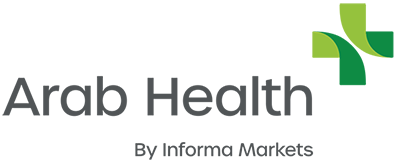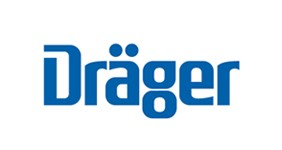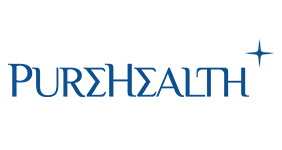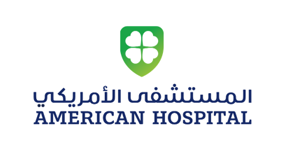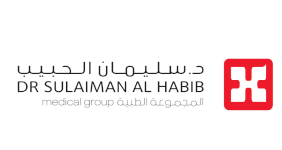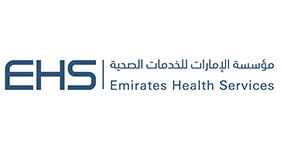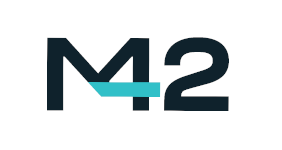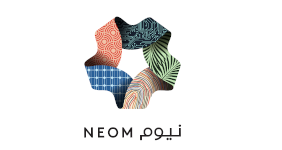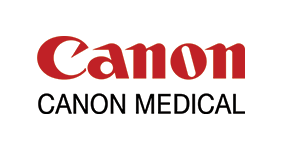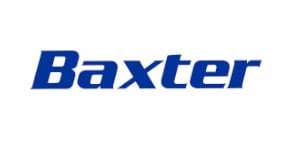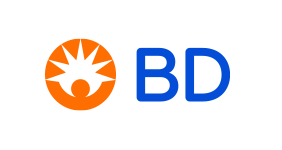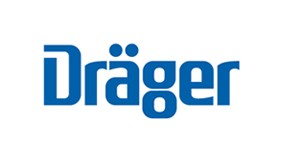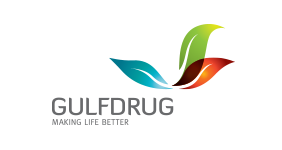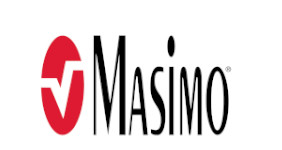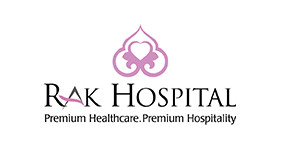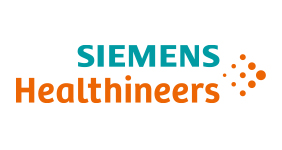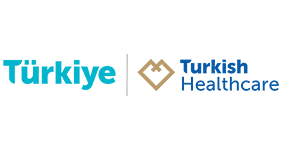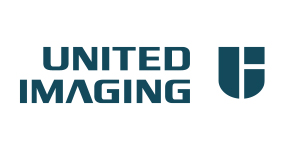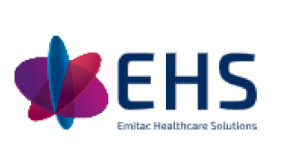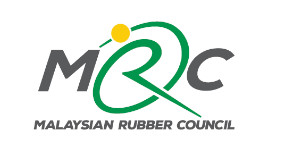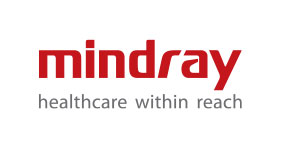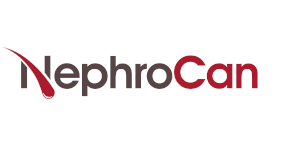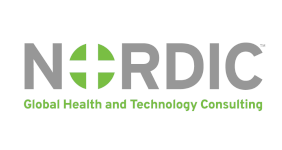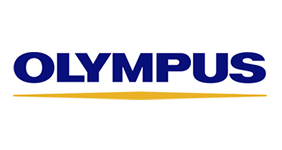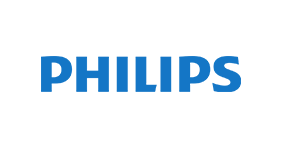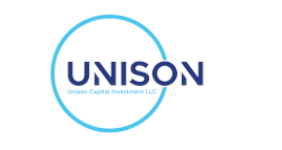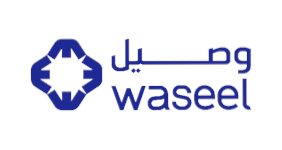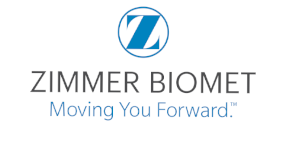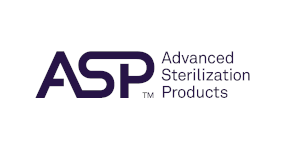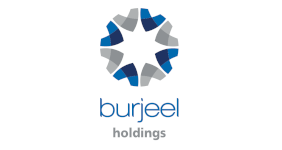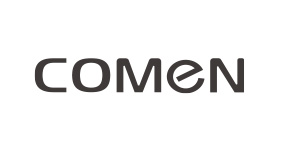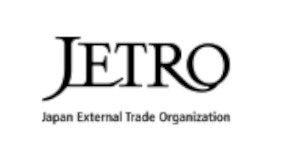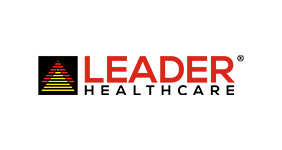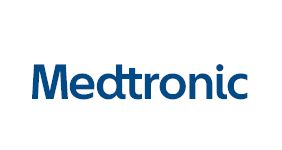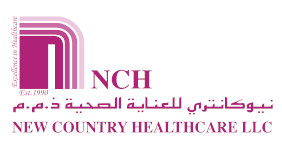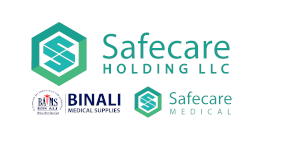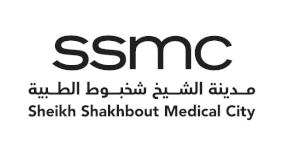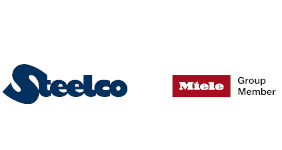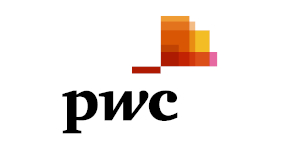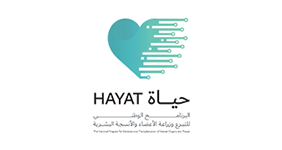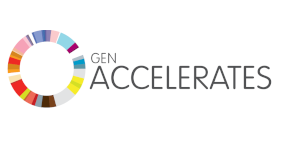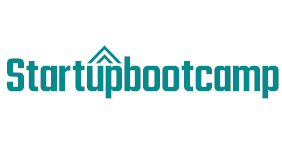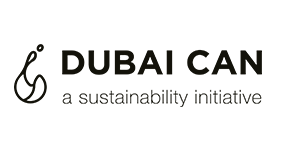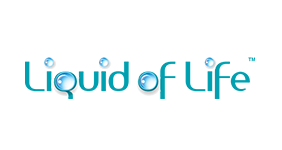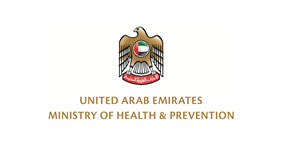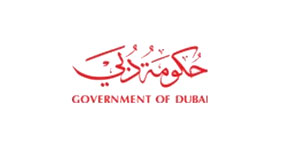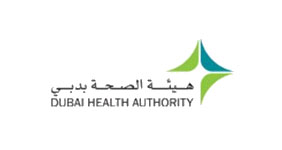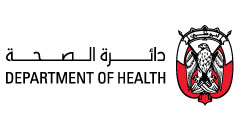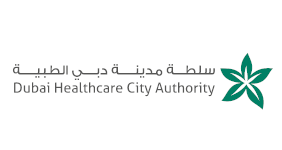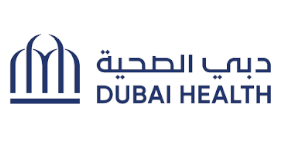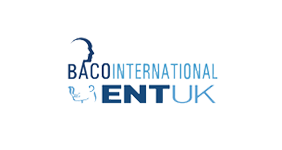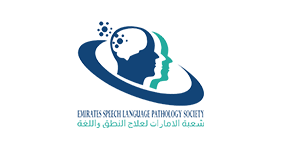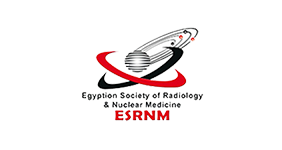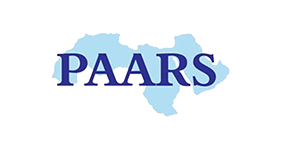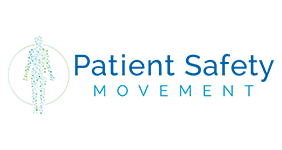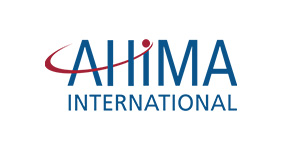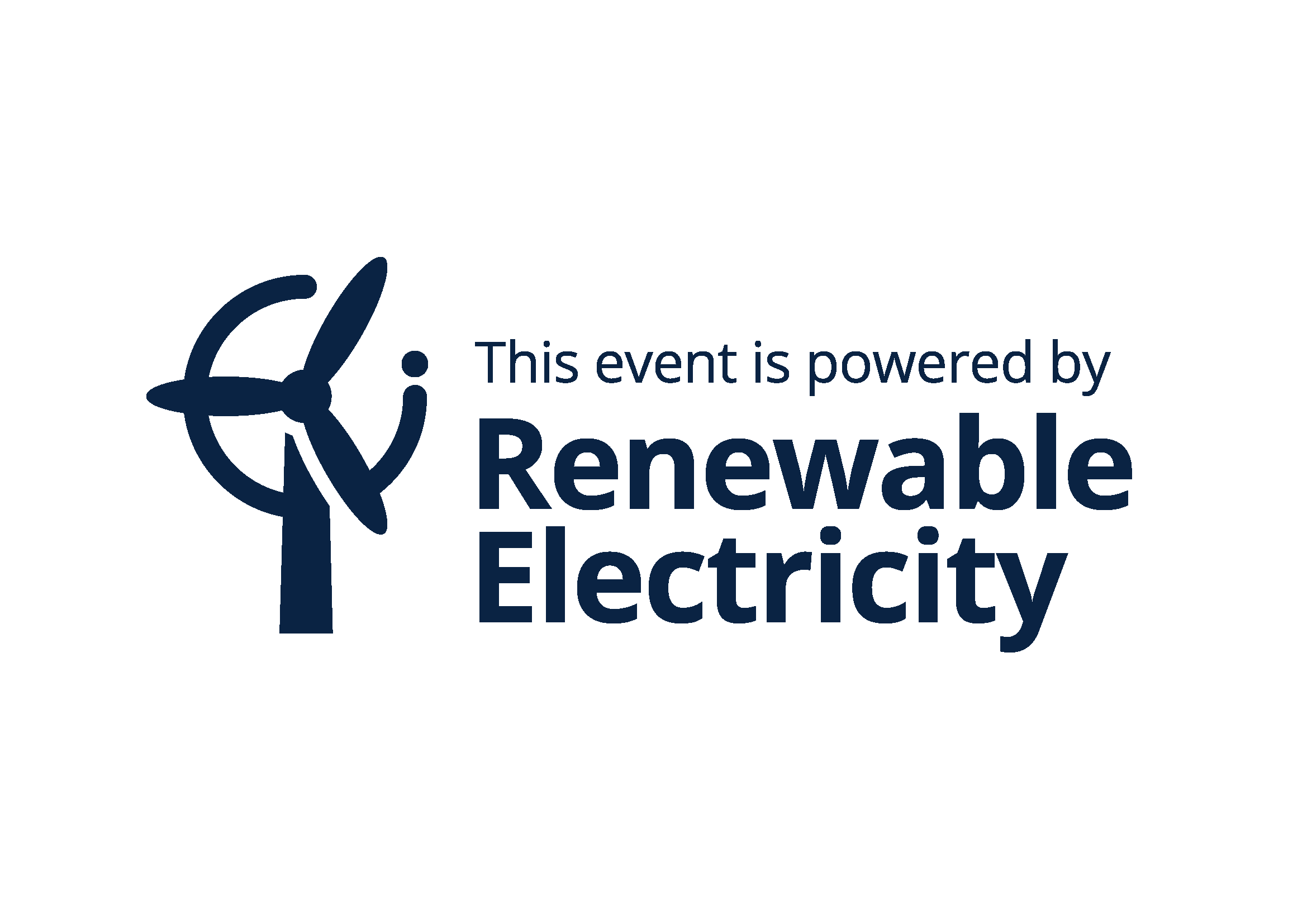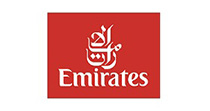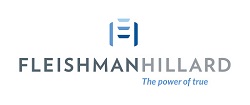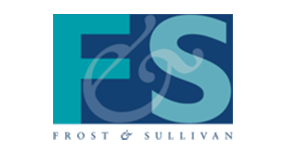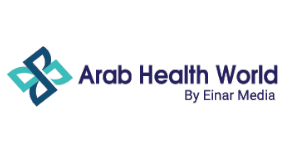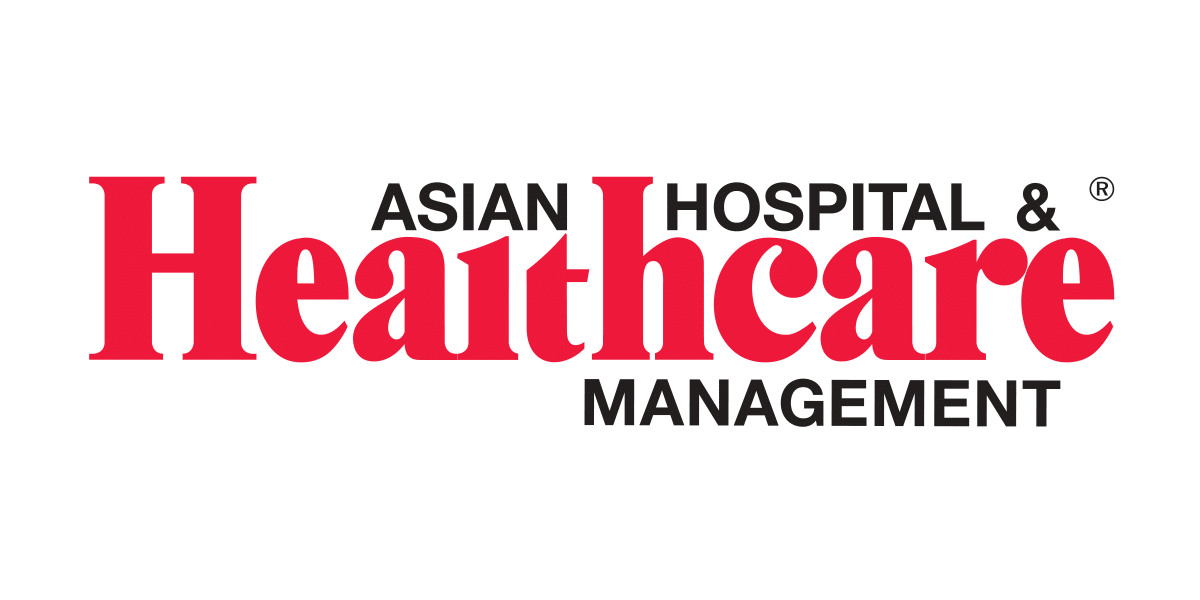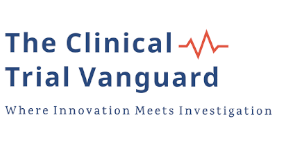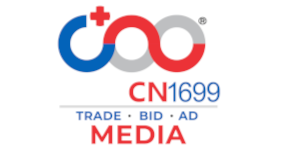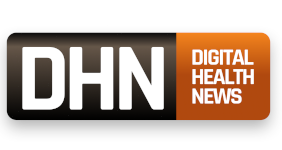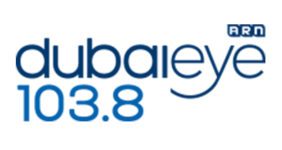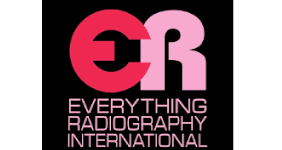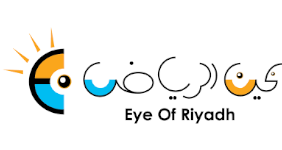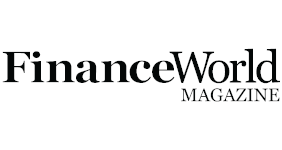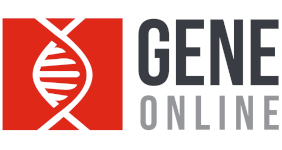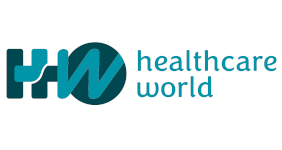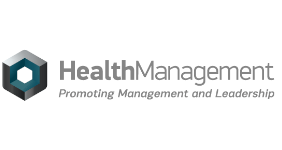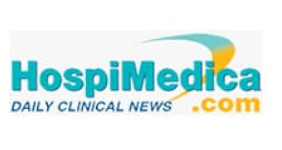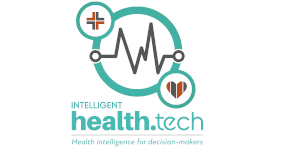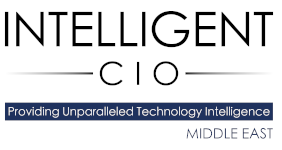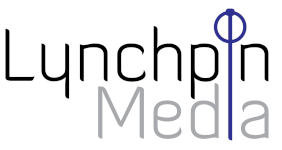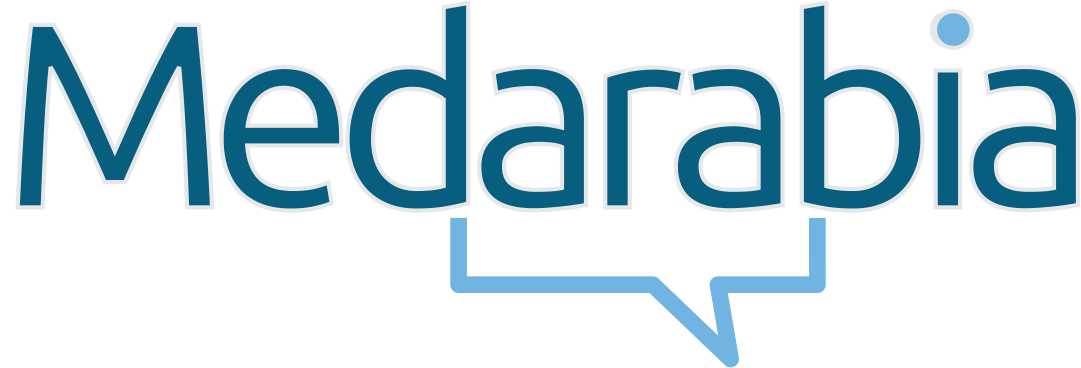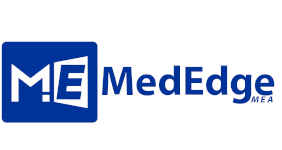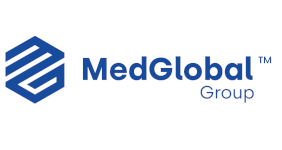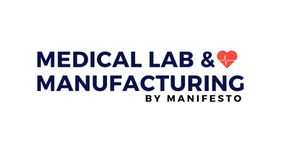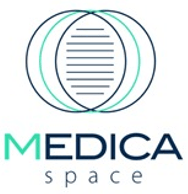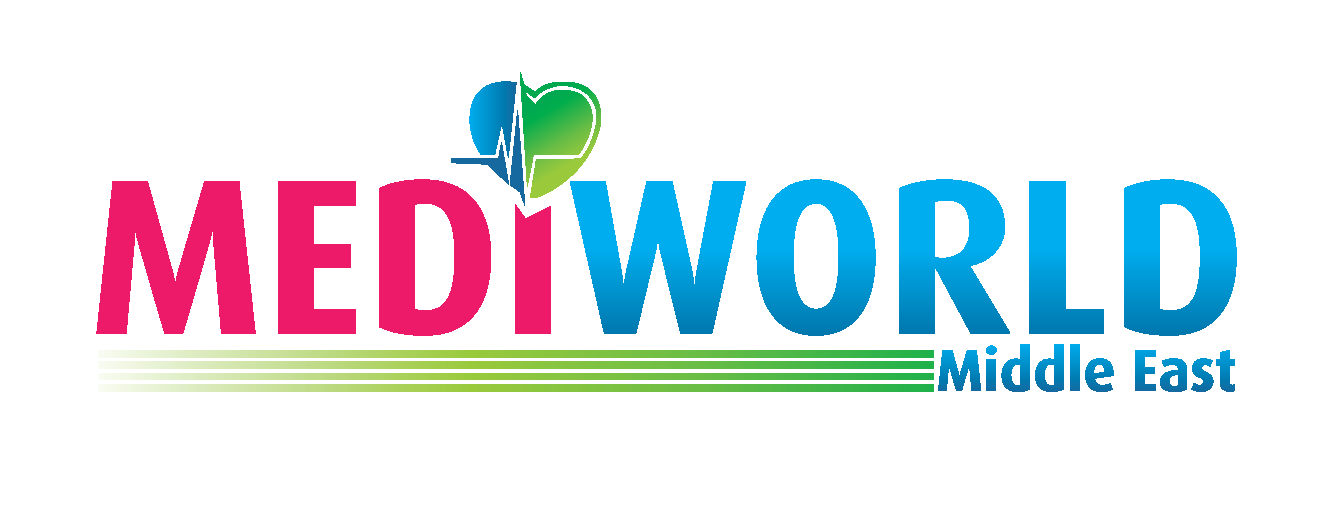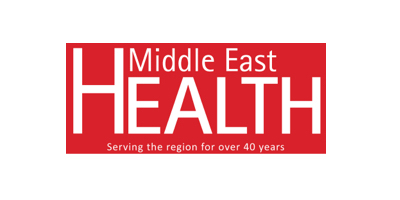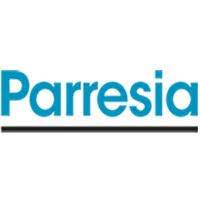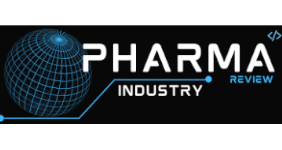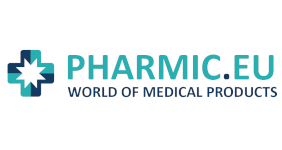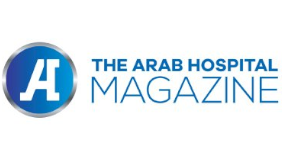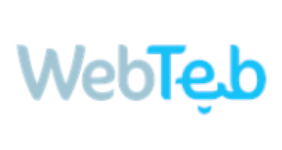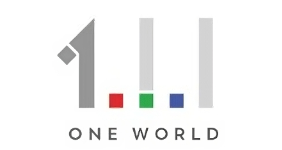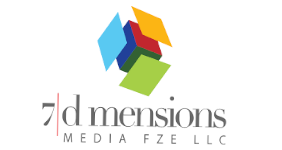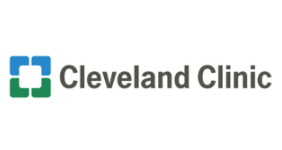Toni Schrofner
Chief Officer Medical Division, Drägerwerk AG & Co. KGaA
Anton Schrofner started his career in his father's company after graduating in Mechanical Engineering/Production Engineering. He also studied business administration and lived for many years in Switzerland, where he held various management positions in leading international listed medical technology companies. Anton Schrofner has been a member of Dräger's Executive Board since 2010 and is responsible for various areas such as Production, IT, Research & Development and Product Management. Since January 1, 2020, he has been Chief Officer Medical Division and responsible for the Medical division on the Executive Board.
Briefly tell us about your organisation and its activities in the healthcare industry, notably in the Middle East region
Dräger is an international leader in the fields of medical and safety technology. The family-run company was founded in Lübeck, Germany, in 1889. Over the past five generations, Dräger has evolved into a publicly traded, worldwide group. The Company’s long-term success is based on the four key strengths of its value-driven corporate culture: customer intimacy, professional employees, continuous innovation, and a commitment to outstanding quality. ›Technology for Life‹ is the guiding philosophy of the Company. Whether in the operating room, in intensive care or in fire and emergency response services, Dräger products protect, support, and save lives. Dräger has more than 16,000 employees worldwide and is currently represented in over 190 countries. Dräger has sales and service subsidiaries in about 50 countries.
As a global leader in peri-operative care, intensive care, and neonatal care, we work with some of the most recognized hospitals around the world. The middle east as one of the fastest growing and highly innovative healthcare markets is increasingly important for us, not just as for our business, but even more for research and development collaborations with some top institutions in this area.
What are your thoughts on the current market trends? If possible, please predicts the sectors poised for growth.
There are various trends that affect our markets. One example is the demographic change. An aging population goes along with an increase of chronic diseases and treatment in acute care. So, there will be more and older patients. At the same time, hospitals are facing a decline in available qualified staff. These two controversial trends require technical solutions which increase the efficiency and quality of clinical care. We see an increasing demand for digital solutions which support clinical decision making or even automated therapy and care processes. This will also include AI-based assistance at the bedside, which is another important trend. Prerequisites for such digital solutions are the standardization and security for exchanging healthcare data in vendor-neutral digital ecosystems.
Another important trend is the need for more sustainability in our sector. Hospitals not only require a lot of energy; they also generate tons of waste and emissions every day. We must consider sustainability along the entire value-chain, from supply chain, manufacturing and transportation to utilization and recycling of medical devices and related accessories. Green anesthesia with less greenhouse gas emissions or consumables with less plastic waste are just two examples of our contribution.
Please highlight your portfolio and/or services. What sets you apart from others in the region’s competitive market?
Most people certainly associate Dräger with Medical devices like anaesthetic machines, critical-care ventilators, baby warmers and incubators or patient monitors. These products are still the core of our portfolio. However, we can add significant clinical value to these medical devices by connecting them digitally for sharing data and information. Connectivity and interoperability are the prerequisites for new applications like clinical decision support or therapy automation across medical devices.
To create such an “internet of Medical Things”, we must overcome some critical limitations of today’s hospital data infrastructures, such as the variety of communication protocols, the unidirectional distribution of data, the inconsistent data security measures along with the high integration efforts and costs.
Over the past decade, Dräger has significantly contributed to the development of the international standard ISO/IEEE 11073 SDC which is designed to overcome the limitations in interoperability of medical devices. This standard was published in 2019 and we at Dräger decided and already started to implement it in all our future products to provide the benefits of secure, standardized data exchange. Based on this new data interface, we will offer both open network infrastructures which integrate the different medical devices and IT systems as well as clinical applications and digital tools which utilize the data for different use cases.
Such an extensive offering of services and medical equipment, coupled with a traceable history, enduring partnerships with international suppliers, and consistent growth, makes us a leading force in healthcare in the UAE. We continually expand our capacity and capabilities to stay ahead of evolving demands, reflecting our commitment to excellence in the industry.
Tell us about your recent achievements and accolades.
In 2023, we introduced the first clinical solution based on the new interoperability standard SDC. The so-called Access&Control Package allows caregivers to access a bedside patient monitor via a SW-application on a panel PC even from outside the room. This also includes remote controls of the monitor. This reduces infection risks, e.g. in isolation rooms, and avoids stress and noise at the bedside.
This solution convinced the planning team of the largest children’s hospital new-build project in Europe. They will equip hundreds of pediatric patient rooms with the Access&Control Package which will allow nurses to review the status of their patients from outside the room without disturbing the kids and their families.
Give us an insight into your investments and partnerships, as well as your plans for 2024
In the course of our development of interoperability use cases, we will further extend our network of strategic partnerships with other medtech companies. This can not only improve clinical outcomes, but also creates added value for all products involved.
What will you be showcasing at Arab Health 2024, and what opportunities are you looking forward to?
Customers visiting our stand at Arab Health 2024 will see an overview of our portfolio for critical care, neonatal care and perioperative care, focusing on our current solutions for connected technologies and green anaesthesia. In addition, we are pleased to show customers brand-new products for the first time at Arab Health. This includes a new generation of OR lights, a new anaesthesia device and a new member of our Vista patient monitoring family.
We will also demonstrate several digital solutions for clinical decision support, workflow improvements and fleet management. As always, Arab Health is a great platform to engage with customers and with other players in the healthcare industry. You never know what opportunities for collaboration will result from spontaneous meetings.
